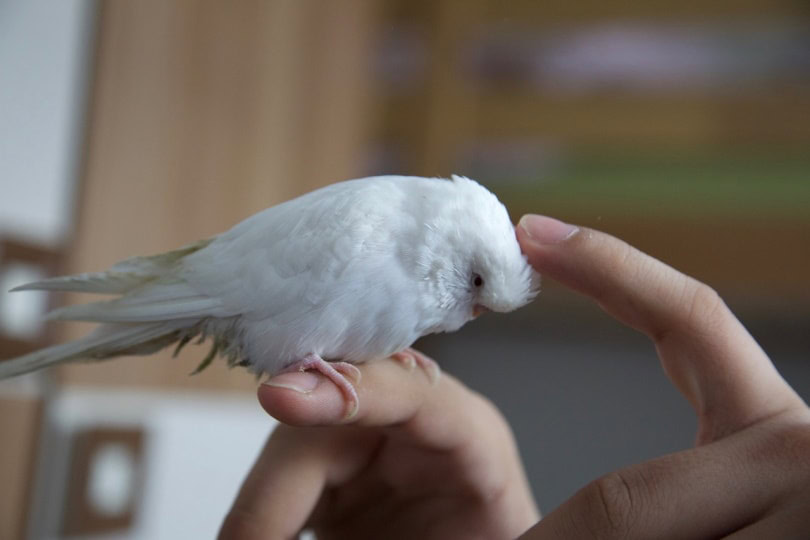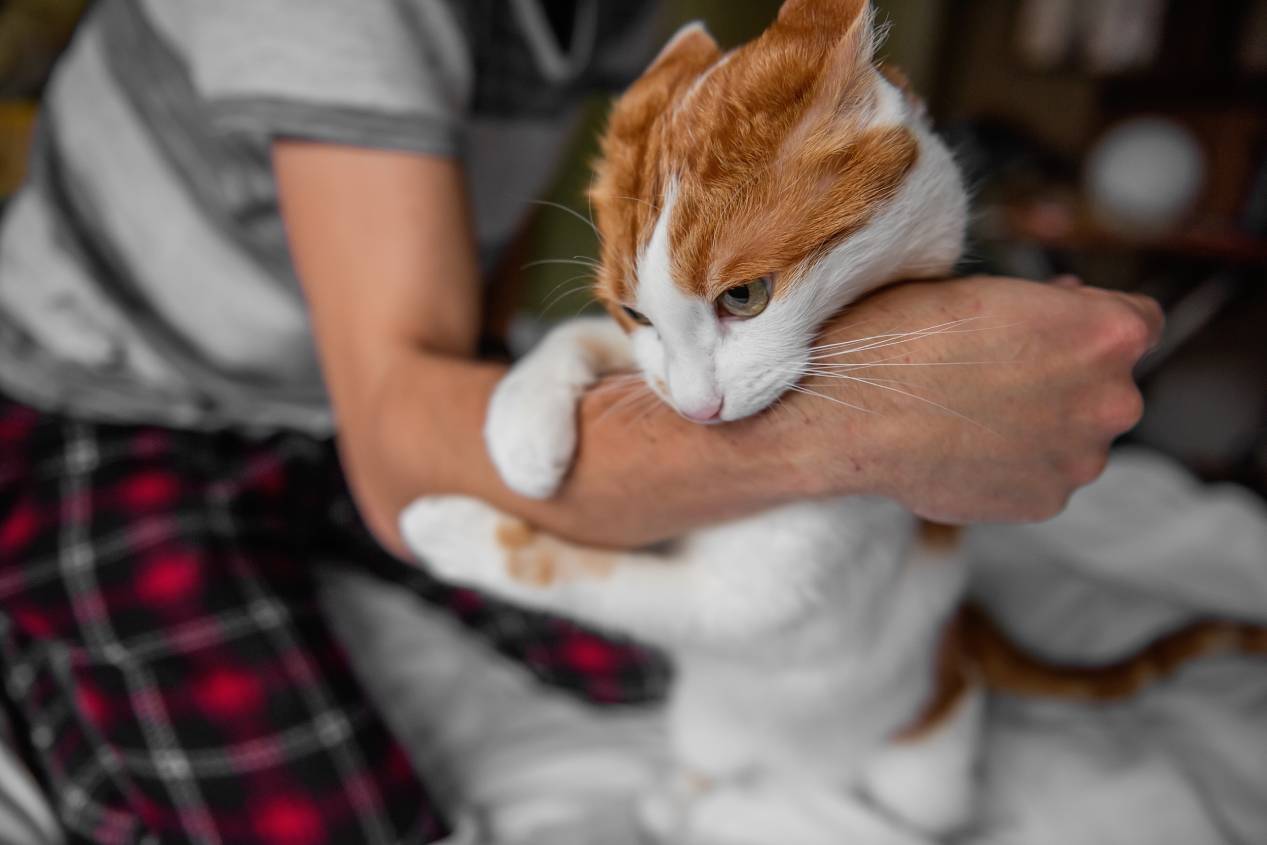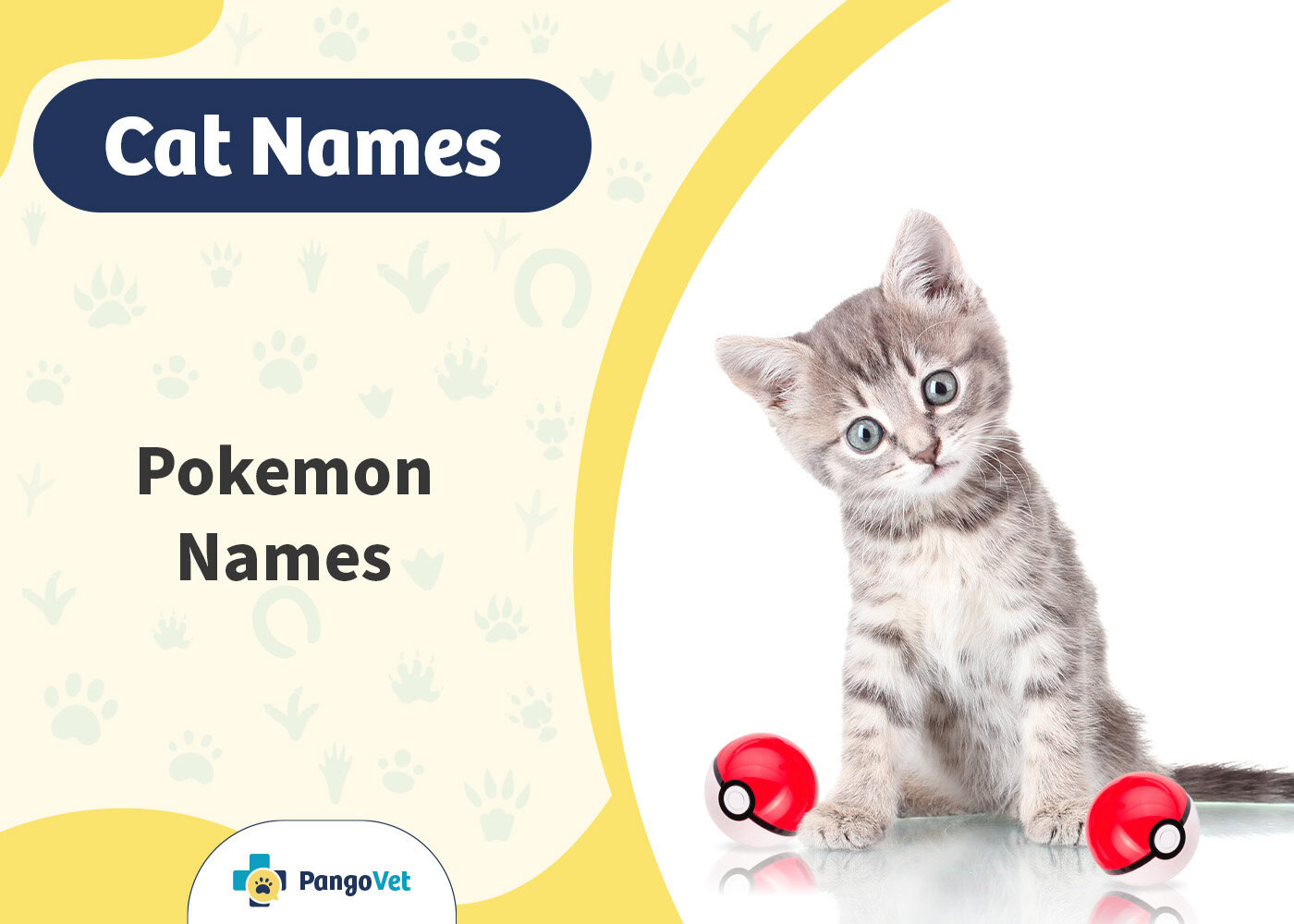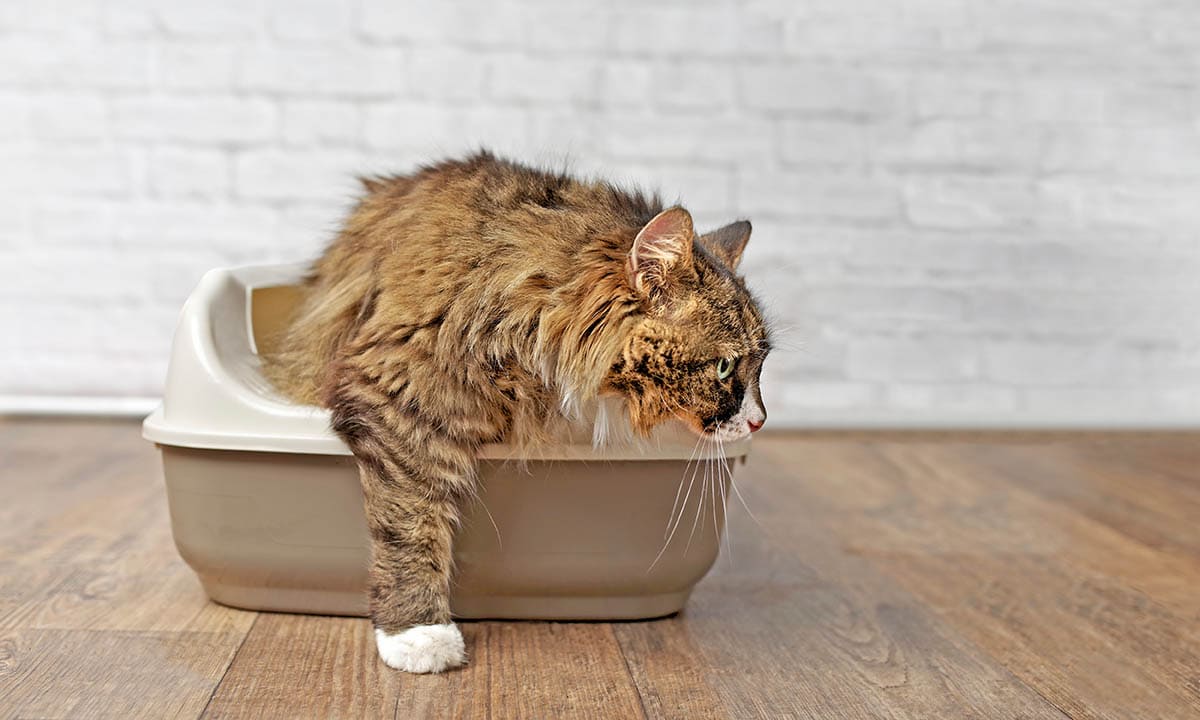VET APPROVED

The information is current and up-to-date in accordance with the latest veterinarian research.
Learn more »Budgies make great family pets and form tight bonds with their human family members. However, they aren’t known to enjoy petting. While most budgies don’t like being petted by their owners, you may get lucky and adopt the one that tolerates touches on its head and neck. Read on to learn more about where you should and shouldn’t pet your budgie.

Why Don’t Most Budgies Like to Be Touched?
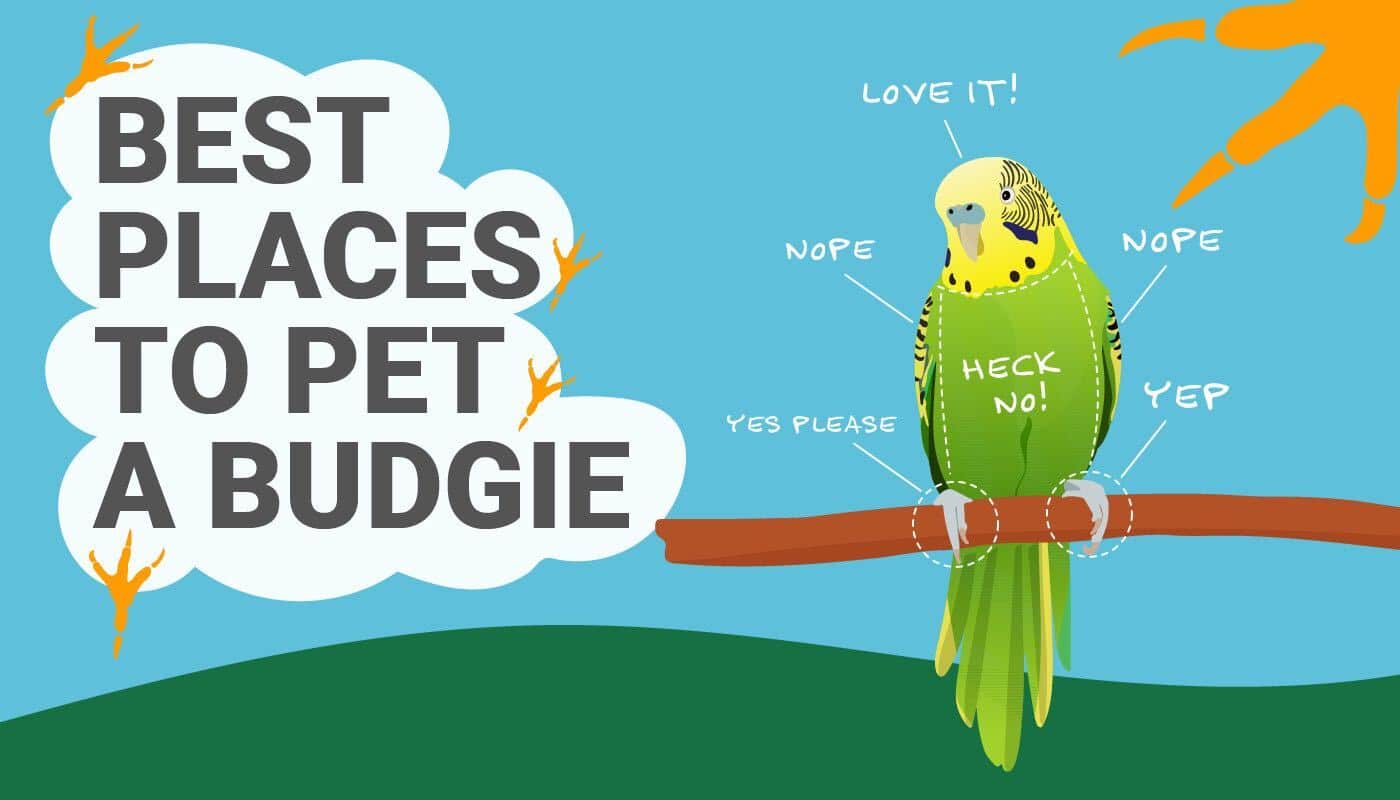
Most birds don’t particularly care for being touched. Touch is essential to a mammal’s experience, but birds are not mammals and are not accustomed to being handled. In fact, budgie parents are pretty hands-off, so birds raised by their parents are trained from the get-go that touching isn’t something that needs to happen.
However, budgies can learn to tolerate being touched by their humans, but the touches must be on their terms. An untamed bird will be much less receptive to pets than one that’s been hand-raised.
Of course, that’s not to say that budgies that haven’t been hand-raised will not learn to tolerate handling. A budgie needs to trust you first before it allows you to touch it. This may take some patience, but with time, your pet should learn to trust you.

Where Can I Pet My Budgie?
The best spots to pet your budgie are on the back of its head and neck. Most birds prefer being petted in this area to anywhere else as it is the only spot on their bodies that they cannot reach themselves.
You should only give gentle head or neck scratches if your budgie allows it. Some will never tolerate being touched, and you should respect those boundaries. Others may be fine if they’re gently held between both palms but don’t appreciate being stroked, which throws them off balance.
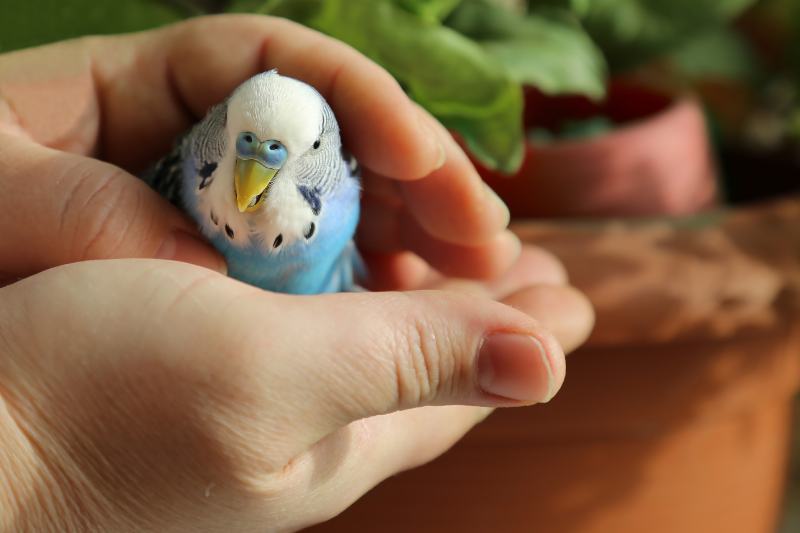
Where Shouldn’t I Pet My Budgie?
Budgies are prey animals and are, therefore, very tentative about being handled. They dislike their owners touching their wings, belly, legs, and back. Humans can frustrate and confuse birds when they touch them in certain ways. The bird can interpret constant touching or stroking of the back as mating behavior.

How Should I Pet My Budgie?
Build Trust
It can take a few weeks or even months before your new pet trusts you enough to let you touch it, let alone pet it. You can try to expedite the process by offering treats as rewards (and bribes). Try offering treats out of your hand while it sits on its perch. Once it’s used to taking food from your hand, try moving your fingers further from the perch until it learns to step up onto your finger to reach the treat from your other hand.
Don’t rush the trust-building process. This is integral to building a relationship with your budgie, and you must take it slow.
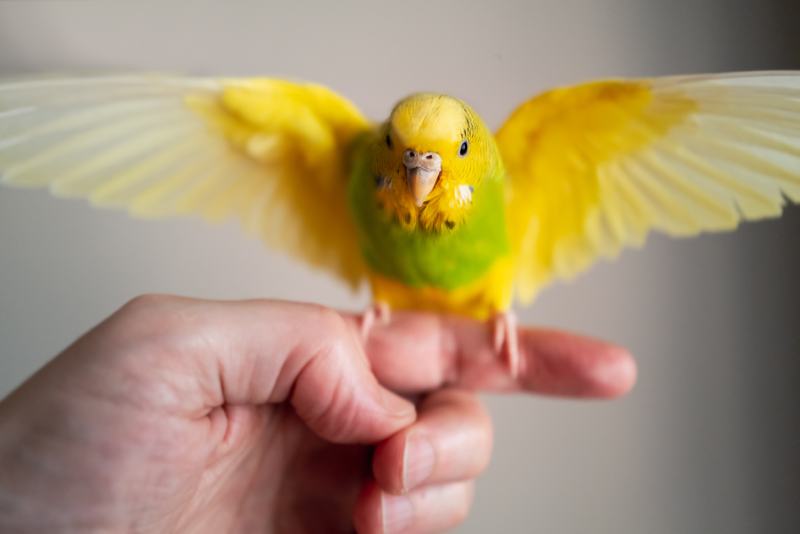
Pet the Beak
The beak is a great place to start when trying to pet your budgie. Start by lightly touching it, but be very gentle. Budgies can be skittish, so go slowly and be careful not to get too close to its eyes.
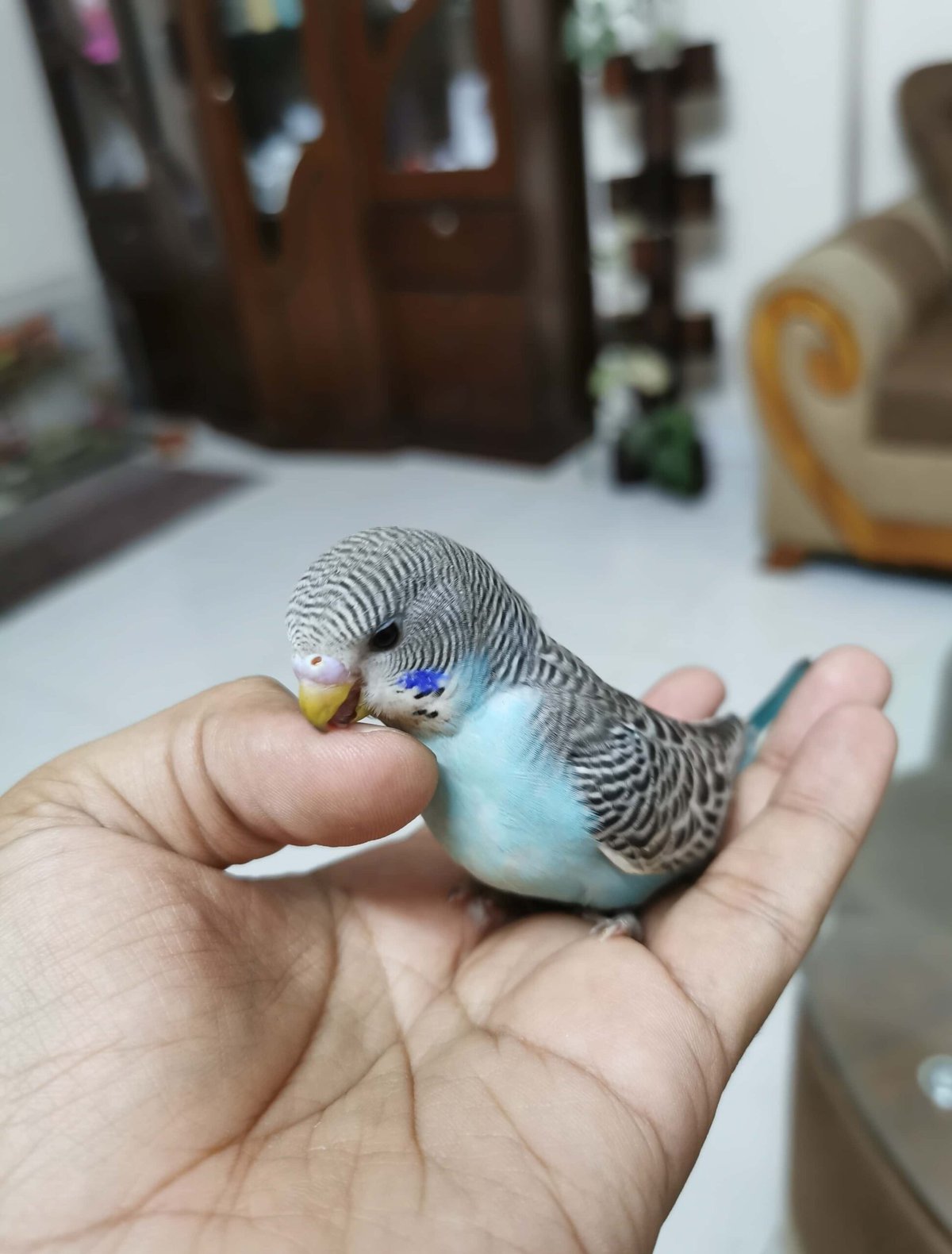
Touch the Head & Neck
Once your budgie learns to step up and accept beak pets, try petting it on the back of its head. If it moves or flies away or hisses, stop at once. Getting accustomed to your touches may take time, and some may never become comfortable with such interactions.
You can gradually shift your touch to the sides of your budgie’s head. Rub the skin behind the beak and on the sides of the head if you feel it’s giving you the green light to do so. When your budgie is comfortable with beak and head pets, try petting the back of its neck. Birds that enjoy petting will often love being scratched in this area.
Never pet your bird against its will. This can destroy your relationship and make it untrusting of humans.
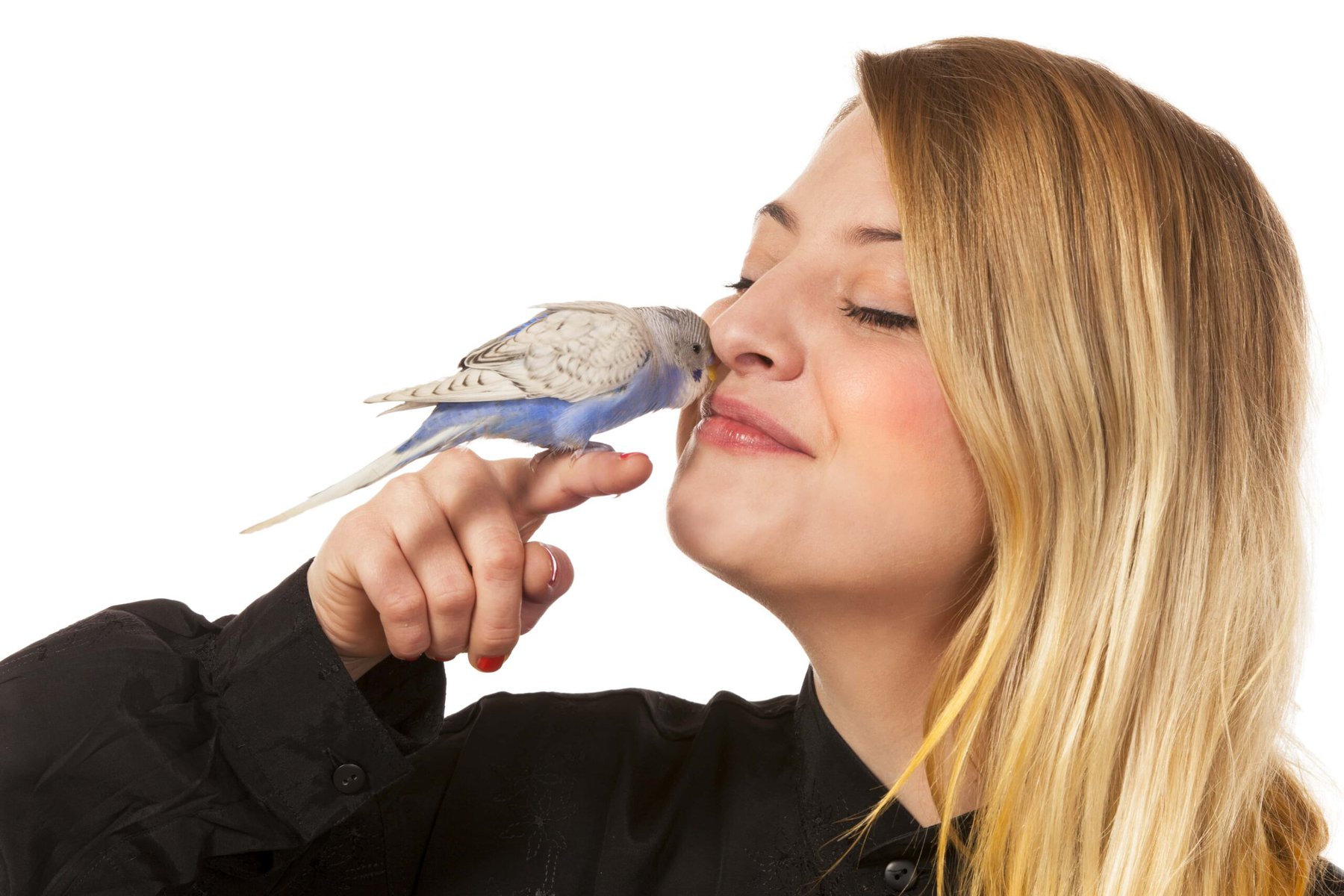

Final Thoughts
Budgies can learn to tolerate being petted, and some may even come to enjoy it. Of course, that doesn’t mean all budgies will take well to receiving your physical affection. Take it slow if you’re trying to pet your bird for the first time, and only do it on your budgie’s terms. Forcing your pet to let you touch it is a recipe for disaster, as it can make these already skittish birds afraid of you.
Featured Image Credit: ed5, Pixabay
